What Steven Universe Tells Us About Children’s Books and Libraries in Pop Culture
I’ve grown a bit fond of the Cartoon Network show Steven Universe lately. Coming to it a bit late (I believe we’re on season 4 now, yes?) it took a Pop Culture Happy Hour episode to explain to me why the series was as groundbreaking and important as it was. This is advantage of having a five-year-old. When something like this comes up you can pretend you’re watching a new series for them when, in fact, you’re just curious for yourself. If you’re unfamiliar with Steven Universe I’ll try to sum it up quickly: In this world there are superhero female characters called “Gems”. Steven, our hero, is half-Gem, half-human, which is unique. The show then proceeds to upset stereotypical notions of gender and love.
If you pay any attention to the New York Times bestseller list, you might have noticed this book on the Children’s Chapter Books list a week or two ago:
It’s a Steven Universe book. There are a couple of them out there, written for kids to wildly varying degrees of competency. This one I intend to read soon. It got me to thinking, when I discovered it. After all, children’s literature and Steven Universe fuel one another in a more direct manner. The world of SU has television shows, movies, and bands that are unique and often very funny. They also have their own literature. For example, a common romance/scifi novel might look like this:
And children’s books are particularly interesting. When Steven is banned from television for 1,000 years he finds that he really likes reading. Two series in particular catch his attention: The No Home Boys and The Spirit Morph Saga. I just want to take a look at these books because I’m always interested in how children’s books are portrayed in works of pop culture.
The No Home Boys series is written by Dustylegs Jefferson. The original series apparently came out in the 1930s and was about two boys on the run, solving mysteries along the way. Sounds a bit like The Boxcar Children meets Hardy Boys. You might throw The Black Stallion in there as well, though, since there was also apparently a “disastrous graphic novel adaptation” of the book as well. One of the characters on the show writes this review of it:
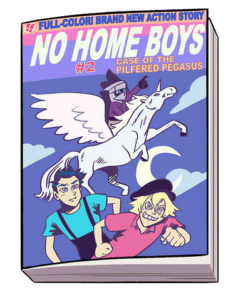 “Some fans turned up their noses at the new adventures of the No Home Boys. The old series was a down to earth travelogue – a gritty portrayal of growing up during the Great Depression. The new series was full of magic demons, talking animals and ninjas. Sure it didn’t have the same campfire charm, but the expanded “Hoboverse” had much more character development and backstory for readers to sink their teeth into.”
“Some fans turned up their noses at the new adventures of the No Home Boys. The old series was a down to earth travelogue – a gritty portrayal of growing up during the Great Depression. The new series was full of magic demons, talking animals and ninjas. Sure it didn’t have the same campfire charm, but the expanded “Hoboverse” had much more character development and backstory for readers to sink their teeth into.”
To me this sounds like what happened with more recent Black Stallion books, though the graphic novel adaptation throws it squarely into the Hardy Boys camp as well. Whatever the case, I love the thought put into the series.
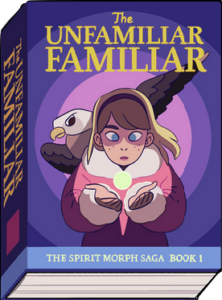 The Spirit Morph Saga is a bit different. It’s a multi-book series about a girl who discovers that she is a witch, gains a familiar (a talking falcon named Archimicarus), and attempts to rescue her father, who was kidnapped by a one-eyed man. Though some folks online compare the book to His Dark Materials, it bears far more similarities to Harry Potter and, in a strange way, Twilight. An entire episode of Steven Universe is based on the fact that at the end of the series the falcon turns into a man and marries Lisa in a big multi-chapter sequence. Connie, Steven’s best friend, is incensed by this. It’s rather delightful to watch.
The Spirit Morph Saga is a bit different. It’s a multi-book series about a girl who discovers that she is a witch, gains a familiar (a talking falcon named Archimicarus), and attempts to rescue her father, who was kidnapped by a one-eyed man. Though some folks online compare the book to His Dark Materials, it bears far more similarities to Harry Potter and, in a strange way, Twilight. An entire episode of Steven Universe is based on the fact that at the end of the series the falcon turns into a man and marries Lisa in a big multi-chapter sequence. Connie, Steven’s best friend, is incensed by this. It’s rather delightful to watch.
Alas, Steven was granted his television rights again (though the set seems to be destroyed on a regular basis) so no new book series beyond these two have come up recently. There was, however, a trip to the local library. It was pretty standard stuff. A librarian was shushing the kids all the time. Computers were minimal. It looks like nothing so much as a library that has failed to get additional funding (which, considering the economy of Beach City, is not unbelievable). Ah well.
Here’s hoping for more faux children’s books series in the future. In the end, they say more about perceptions of children’s literature than anything else. Not that there’s anything wrong with that.
RELATED
The job outlook in 2030: Librarians will be in demand
The job outlook in 2030: Librarians will be in demand
ALREADY A SUBSCRIBER? LOG IN
We are currently offering this content for free. Sign up now to activate your personal profile, where you can save articles for future viewing


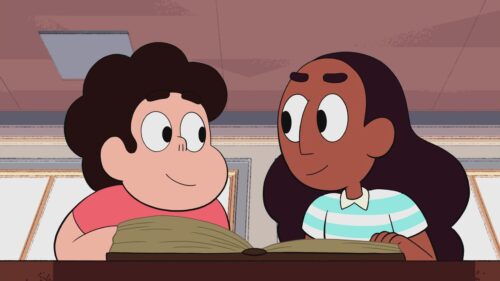
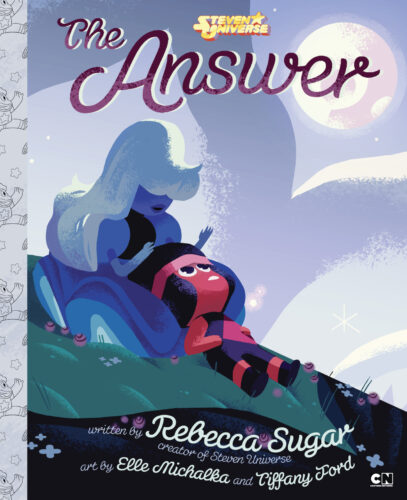
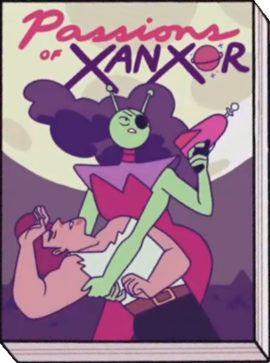

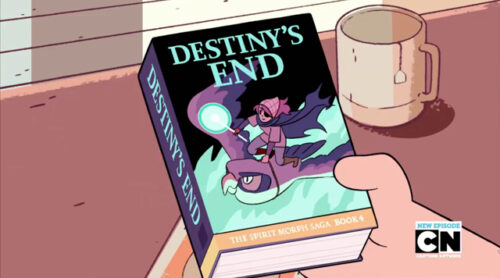
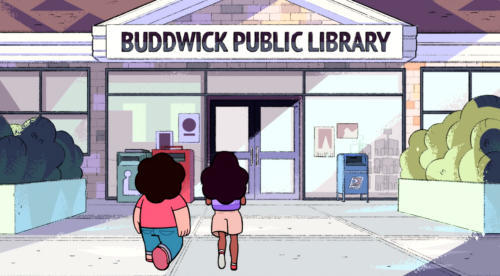




Add Comment :-
Be the first reader to comment.
Comment Policy:
Comment should not be empty !!!